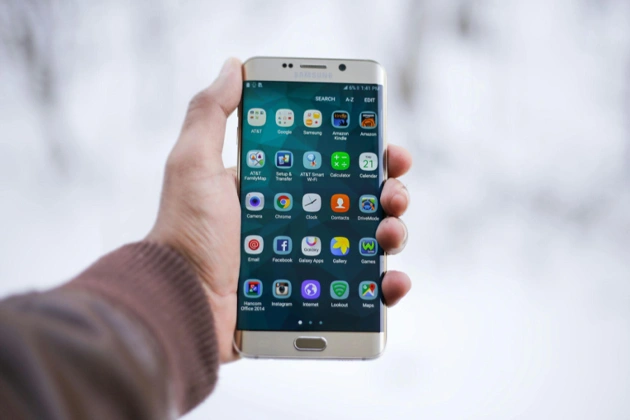If you are making your own mobile phone app, whether it’s a game, a news aggregator or a new social media site, then there are some things that it just won’t be able to do without. From creating an easy atmosphere for users to strong security, here are seven things that your app needs to have.
1. Stay safe
Perhaps the one thing that you need for your app to work, do what it needs to do, and keep your users onside is security. If, for instance, you look at the best casino apps, then you will see that they offer ID verification, are licensed by trusted regulators, and have strong anti-hacking protocols in place. If they don’t, then their customers will leave and probably make sure that other people know that the app had a problem. A report by app security firm Approov found that 60 per cent of companies were not able to learn about real-time threats to their apps, while attacks that left apps non-functional put 75 per cent of businesses at risk. Use strong authentication, albeit with an easy way for users to recover any forgotten or lost login details, make sure you use HTTPS and TLS to encrypt data, have automatic logouts for inactive accounts, and update your security as often as you can. Doing that will reassure your users and go some way to starting to create a loyal fanbase.
2. UX is key
If you are creating a mobile app, you need to put the user front and center. This means, in effect, that you will need to make sure that the user experience (UX) is something that is easy to understand. To put it another way, no one wants to have to consult a manual whenever they open your application. Instead, they will want to fire it up and get going. In short, it needs to be blindingly obvious both what the app does and how to get to different parts of the application. This means simple navigation, consistency across screens, accessibility-first design, and simple but effective onboarding. If you miss any of these things – or you don’t tell your users what’s going on – then the chances are people will quit using the app and, no matter how you fix things, there’s a very real possibility that they won’t come back.
3. Keep it quick
Having a good design with a straightforward UX is great, but it won’t really matter if the app performs badly. In a perfect world, an app should take a maximum of three seconds to load. If it doesn’t, it’ll end up getting a reputation for being frustrating to use, and people will dump it. You can speed things up by installing what’s known as lazy loading, where the most important things are loaded first, with the rest coming up when they are needed. Similarly, if you can reduce your bandwidth by compressing your videos and images, that can both reduce data use and help protect against crashes. The key to getting these features to work as they should is to use code splitting and modular architecture to create your app, use a Content Delivery Network, and, perhaps most importantly, monitor your app’s performance on a regular basis so you deal with any problems as soon as they come up.
4. Comply or die
With regulations such as the European Union’s GDPR a big concern, you’ll need to make sure that your app meets data protection regulations. Not only that but as we will see, having good data protection can be a good thing for your app’s users, too. People will want to be able to trust you, so it’s a good business idea to let them feel like they’ve got control of their personal data and, again, not doing so can lead to uninstalls. One thing to remember is that you should only ask users for the personal information that you need to make the app work for them, and you should only do that when it’s necessary, like asking for permission if they want to use a location-related feature. Talking of things you can ask permission for, push notifications should be optional, well-designed, and not intrusive. No one really wants constant reminders to do something they’ve either already done or have no intention of doing. In a worst-case scenario, annoying notifications can be the thing that makes a disengaged user get rid of your app. Anyway, you should also make it easy for users to access their data and to find and update their personal preferences. It can be helpful, in this scenario at least, to have a privacy dashboard, so people can see what data of theirs you have.
So there you are. Making an app might seem simple, but throughout history, there have been plenty of them that have fallen down on one of those key issues. On the other hand, every app that has managed to survive and thrive has had all of those features as a bare minimum.










